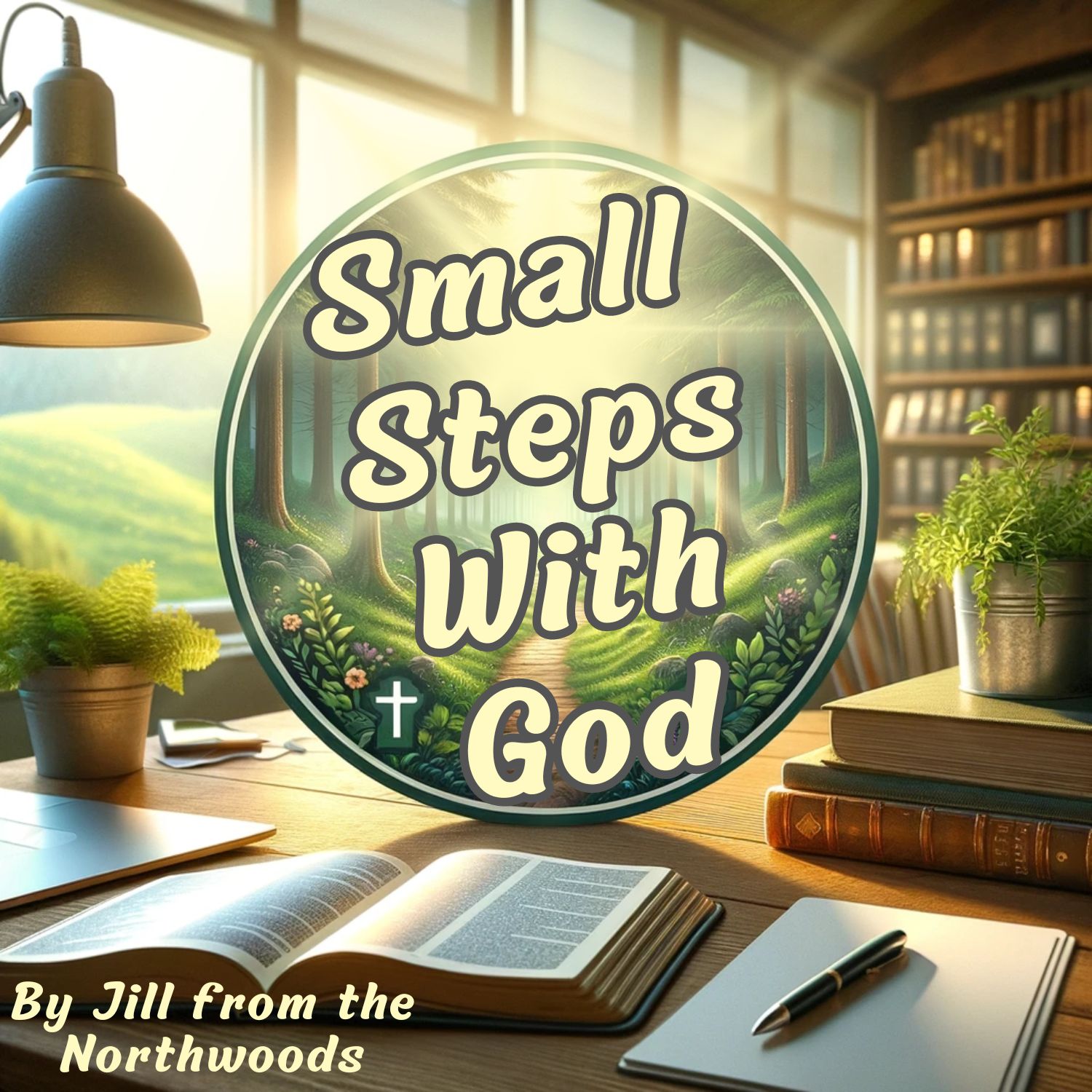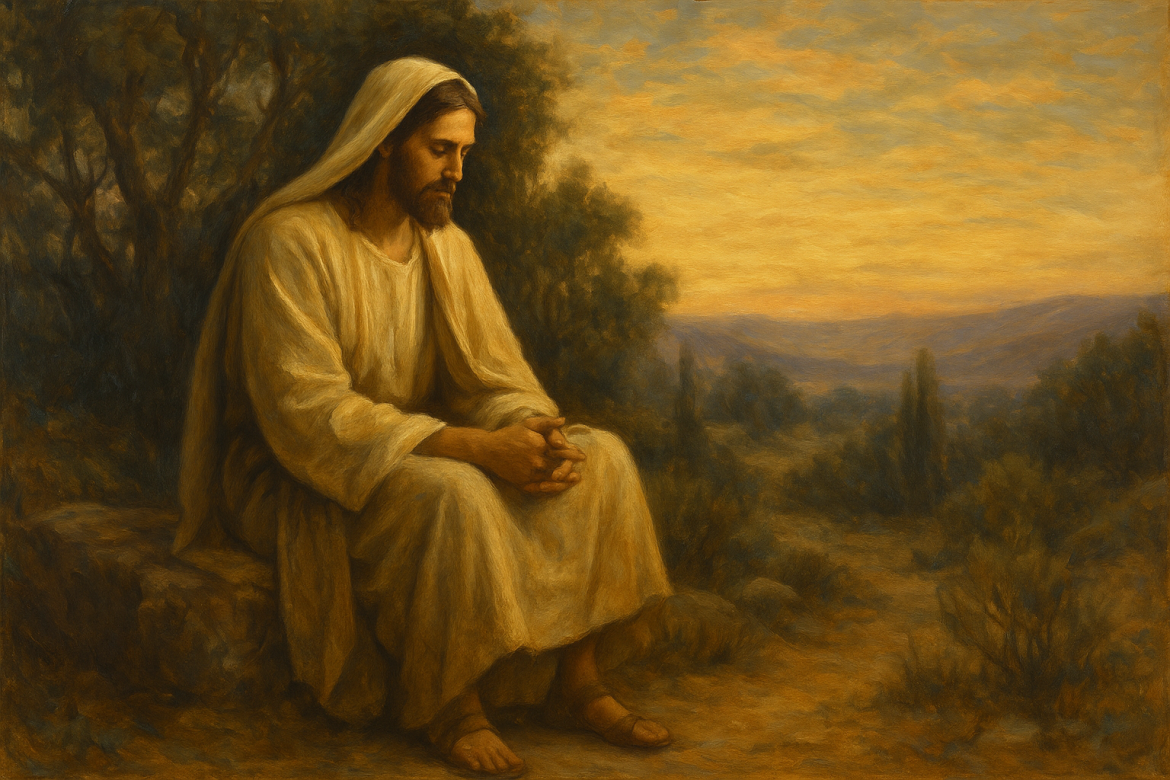Introduction: The Forgotten Power of Silence
In a world brimming with noise—literal and metaphorical—the concept of silence can feel foreign, even uncomfortable. From social media to podcasts, meetings to family conversations, our days are filled with words. But what if this constant chatter is keeping us from something sacred? What if the stillness we’ve been avoiding is the very space where God is waiting? In her book Stilte: The Dutch Art of Quietude, Mirjam van der Vegt invites readers to embrace silence as a transformative spiritual practice. This message challenges a culture obsessed with productivity and stimulation, calling us instead to rest, listen, and reconnect.
What “Stilte” Really Means
Van der Vegt clarifies that stilte doesn’t strictly translate to “silence” as in the absence of sound. It speaks more to stillness—a calm within the chaos, a peace that roots the soul. The book, originally written in Dutch, draws on ancient Christian traditions, monastic insights, and personal experiences to illuminate how intentional silence can restore spiritual balance. This isn’t about silence for silence’s sake, but about opening ourselves to God’s presence in a noisy world.
Why Silence is So Hard
Many people, especially extroverts and multitaskers, find silence difficult. Jill, the narrator of the podcast, admits she’s always been a noisy person, even when alone. Like many of us, she fills every waking moment with podcasts, audiobooks, meetings, and media. Van der Vegt’s book served as a personal challenge to step back and reevaluate: when was the last time we truly listened—to ourselves, to our inner spiritual needs, or to God?
Silence, Van der Vegt explains, often reveals our inner clutter. We don’t just hear peace; we hear all the things we’ve pushed down—anxieties, regrets, questions. That’s why silence feels threatening to so many. But this inner chaos must be faced if we are to find healing.
The Three-Stage Journey into Silence
Drawing from her experience in monasteries and silent retreats, Van der Vegt outlines a three-step process for using silence to connect with God:
- Relief
Initially, silence brings a kind of relief. After constantly running and reacting, stillness can feel like stepping off a spinning wheel. But for many, this is also when buried emotions surface. The peace is quickly followed by discomfort. - Confrontation with Darkness
Left alone with our thoughts, we may start to experience discomfort, fear, or even despair. Without distractions, our deeper worries rise up. Van der Vegt warns against leaving this space empty. Instead, she emphasizes filling it with God’s light and love—inviting the Holy Spirit into the space to guide us through. - Connection and Clarity
Once the sediment settles, like particles in a glass of water, we can begin to see clearly. This is the phase where God’s peace becomes tangible. We move from confusion to clarity, from distance to intimacy with God. This is what she calls the “illuminated path.”
Why Silence Matters in Modern Christian Life
In today’s spiritual life, silence often gets neglected in favor of action. Bible studies, worship services, and mission work are vital, but they are outward expressions. Without an inner relationship cultivated in quietness, they can feel empty. Silence brings depth. It creates the space where we are not just speaking to God—but hearing from Him.
St. Benedict, cited in the book, fled the noise of Rome not because of persecution, but because the clamor of the city distracted him from God. This historical example reinforces the timeless need for solitude and reflection. Silence isn’t just a personal wellness trend—it’s a deeply biblical practice.
Making Silence a Habit
Van der Vegt shares a practical rhythm for integrating silence into everyday life:
- 30 minutes of quiet time daily
- One evening of silence each week
- One full silent day each month
- One weekend of silence each trimester
- One full silent week per year
These structured intervals can help believers create a sustainable habit of spiritual stillness. It’s not about perfection but persistence—finding space to regularly reset and listen for God’s voice.
Overcoming Resistance and Distraction
For many, especially those with ADHD or busy minds, silence feels unnatural. The mind quickly wanders to to-do lists or random thoughts. Van der Vegt acknowledges this and encourages persistence. Creating a dedicated space, like a “sanctuary room,” can help. It’s not about eliminating all sound, but cultivating an environment of peace and intentionality.
Silence Isn’t Emptiness—It’s Room for God
Christian meditation isn’t about becoming blank slates. It’s about emptying out distractions and making room for God’s presence. Unlike Eastern practices that emphasize complete detachment, Christian stillness focuses on inviting Christ to fill the quiet with light, peace, and purpose.
Jill references an earlier analogy—our hearts as homes that need decluttering so God can fully inhabit them. Silence clears that clutter. It’s the open space in which divine relationship can flourish.
Conclusion: Silence is a Spiritual Battle Strategy
In the end, stilte isn’t just about personal tranquility. It’s preparation for spiritual warfare. Father Jacques Philippe’s quote, “A Christian joins the battle with a peaceful heart,” reminds us that inner peace equips us to handle external challenges. Once we settle the storms within, we can face the world with renewed strength.
So, what could change if you embraced more stillness in your life? What might you hear if you stopped talking and started listening? Silence may just be the missing link in your walk with God.

